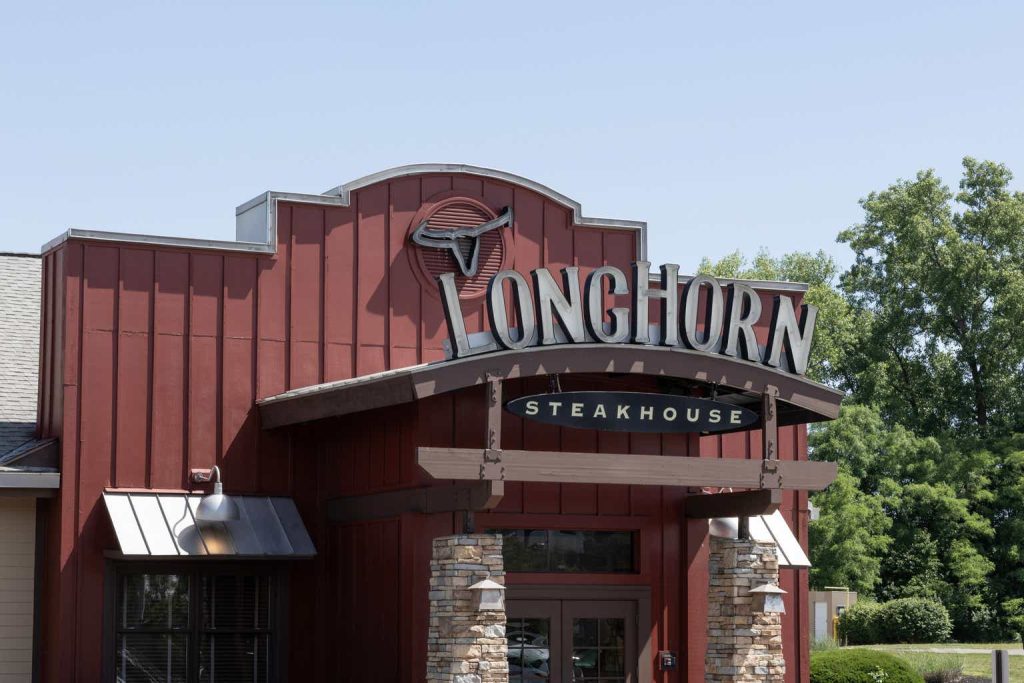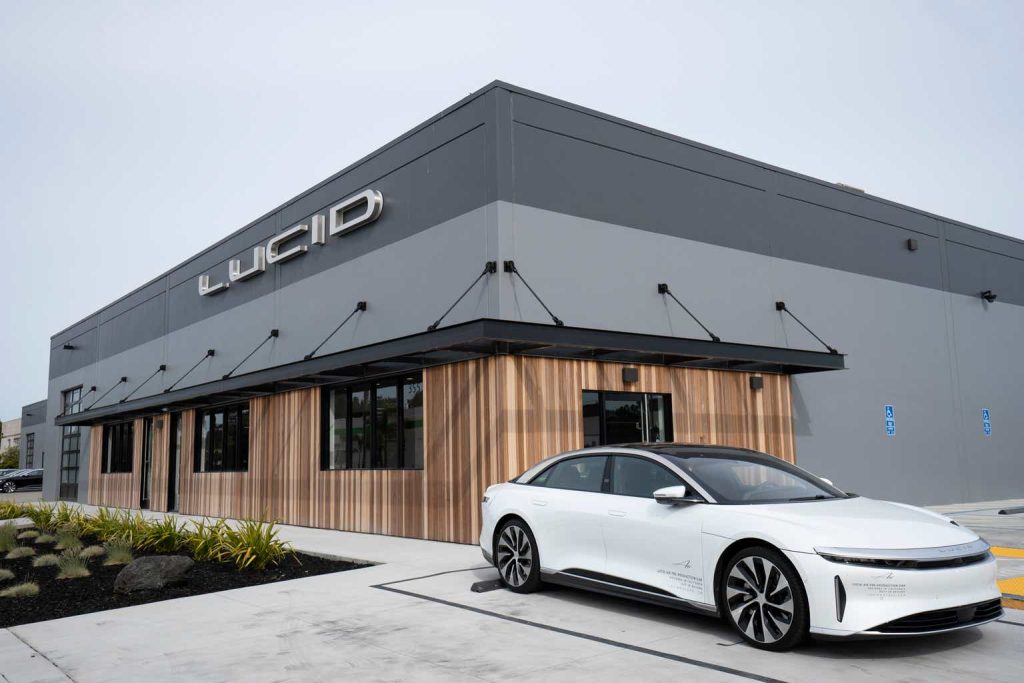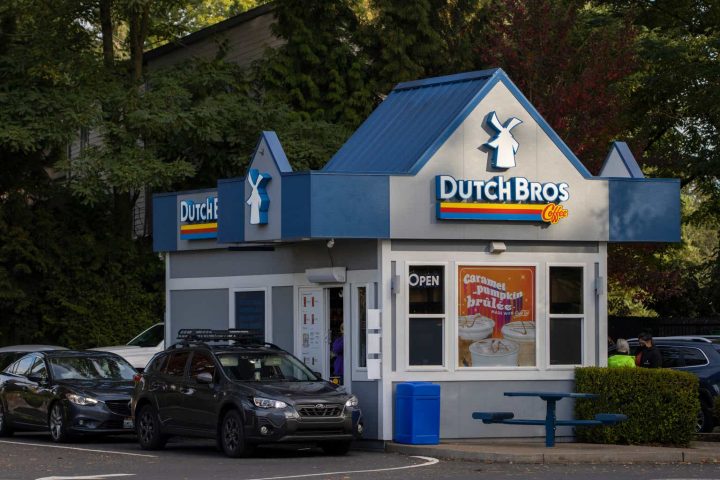Listen below or on the go on Apple Podcasts and Spotify.
Christine Mastandrea, COO of Whitestone REIT, on managing interest rate strategies and why retail isn’t dead.
Transcript
Rena Sherbill: Christine Mastandrea, COO of Whitestone REIT (WSR), welcome to Seeking Alpha.
We just had a Fed meeting. There’s a lot of talk of interest rates, and a lot that’s aligned with that conversation tends to be on the REIT side of things.
In terms of looking at a broader scope of things or taking a broader perspective on things, as I mentioned, the Federal Reserve meeting, it was expected that they would cut rates at this meeting. They did. They’re saying that there’s probably going to be fewer cuts in the coming year.
How much do you pay attention to the interest rate conversation? There’s the notion that when rates go up, REITs go down. How much does that affect your thinking and strategizing and what you’re paying attention to?
Christine Mastandrea: Well, as being a co-founder in the business, you’ve got to always be able to flex to your environment. And part of it flexing to your environment is just always being prepared to be able to adjust to what may come your way.
I always looked at being in the space that interest rates are always going to play a bit what you do. So you always have to think about laddering out your maturities, really, maintaining your banking relationships to prepare for changes that occur.
And then also the flexibility that we need to have in the real estate. And so, real estate, the space itself is very challenging to be flexible with, right? You’re building a building. You’re looking to build it for the long-term.
And so one of the things that we’ve always done is to make sure, again, focusing on the right locations and then building real estate that is flexible for that location. So, that’s why I refer to the small space size.
Also, when I think about taking risk, I like thinking about dispersing. So, rather than concentrating my risk in certain types of product, that’s why we were very careful to avoid the soft goods and the hard goods space.
With the Amazon (AMZN) effect, saw the opportunity to say, let’s look for dispersion of risk. Let’s look at smaller or flexible spaces, spaces that meet a number of different variety of needs. And in addition to that, the service sector was being overlooked back when we started building this company.
And, in particular restaurants, we saw also that there is a competitive space in the restaurant. When you think about the world of grocery, their biggest competitor is a restaurant, right? And because the consumer is much more time crunched than they were in the past, you always have to look and say, where is it that I can save somebody time? Well, your local restaurant, in many cases, is becoming that hub of activity of bringing people together, right? And so, we dialed into that very early on and understood how to underwrite restaurants.
The other thing that we did is, we kept our maturities a lot shorter. So, when you do work with the service industry, the investment is a lot less, which does provide the opportunity to shorter lease terms. So, when you have this inflationary moment and there’s shift in interest rates, you have the opportunity to reprice those leases when you have a 5, in our case, we have a 4-year term, average term, weighted average, like the term. And that allows you to reprice the asset to reflect the market conditions as well.
Talking about interest rates and how it’s affected us as a sector and of course, being public as a company as well, it’s been a tough couple of years, the last couple of years, ever since the Fed put on the brakes and increased rates.
And now we’re starting to see those relax. And it is helping us greatly to position for opportunity in the future. We in particular are focused on the retail space. And as retail goes, we are focused on what we’d consider smaller format centers.
With the smaller format center, maybe more of a neighborhood center or a center that’s based on convenience to that neighborhood. A little bit different when you think about retail.
In particular, most people, when they think about retail, they think about malls, they think about big boxes, they think about stuff being sold in those locations.
We are a little different. We approach things differently, more or less from instead of focusing on that same space that they do, because that’s actually a small part of the total addressable market. We focus more on services and convenience in our locations. And that has benefited us greatly with this demographic change that has been happening, but also in the space that we are as well, because retail has finally right sized now.
After being a very challenging type of property type, people considered that retail was dead. Well, I’d like to say that’s not dead. In fact, it’s very lively in our space right now, and there are a lot of opportunities.
Read the full article here








